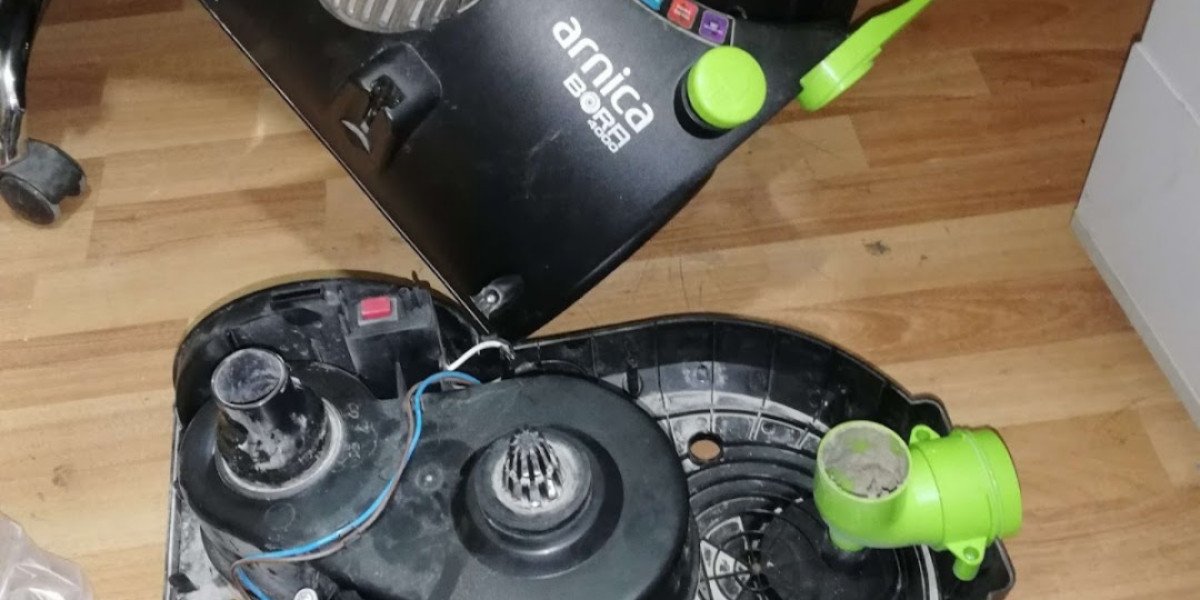Need a website on a budget? You’re probably choosing between a DIY website builder or a cheap web design service for around $99. Both promise affordability, but which gets you online faster? Which is less likely to cause problems? And what are you really getting? Let’s dive in.
DIY Websites: Simple Until It’s Not
DIY platforms like Weebly, Squarespace, or Wix sell themselves as easy. Pick a template, drag and drop elements, add your content, and you’re done. No coding needed. A basic site might take a few hours. But complexity changes everything.
Try anything beyond a standard layout, and you’ll face issues like:
- Why is my site glitchy on mobile?
- Why won’t this image load properly?
- How do I fix slow page speeds?
- Why is this text overlapping?
Your “easy” project can turn into days of Googling fixes, watching tutorials, and tweaking settings. DIY is fast only for basic sites—and if something goes wrong, you’re on your own.
The $99 Custom Option
A cheap web designer offering a site for $99 or slightly more sounds like a bargain. You’ll find these deals on freelance platforms or from designers building their portfolios. They often promise a site in a few days, using templates and your content.
But low prices come with limits. You might get a basic site, but don’t expect revisions, support, or custom features. Some designers do solid work; others slap your logo on a generic template or ghost you after payment. If you pick carefully and set clear expectations, this can beat DIY for speed—but it’s not guaranteed.
Speed Comparison
Your experience matters most. If you’ve used website builders before, DIY could be faster. You’re familiar with tweaking designs, fixing menus, and uploading content. A simple site might take a weekend.
If you’re a beginner, DIY can drag on. You’ll spend hours learning the platform, fixing errors, or searching for solutions. A reliable cheap web designer could deliver a site in days, but “cheap” often means no extras—no revisions or ongoing help.
Safety Comparison
Neither option is entirely safe. DIY gives you control but also the chance to mess up. Most platforms don’t automatically optimize for SEO, security, or mobile devices. Mistakes can hurt your site’s ranking or user experience without you realizing.
A $99 designer isn’t much safer. Some use low-quality templates or unstable tools that can break. Others might disappear mid-project. Your safety depends on their reliability and your ability to vet them.
Hidden Costs
Cheap web design—DIY or hired—comes with compromises. You might lack:
- Advanced features like booking tools or multilingual support
- SEO basics (meta tags, fast loading, etc.)
- Mobile optimization
- Ongoing updates or fixes
- Proper testing for performance
These gaps can cost you later in time, frustration, or hiring someone to fix problems.
Who’s Best for DIY?
DIY works if you’re hands-on, have time, and want a basic site—like a blog or small portfolio. It’s also a chance to learn skills that help you manage future projects. Just be ready for a learning curve and some headaches.
Who Should Hire a $99 Designer?
If you’re short on time, hate tech, or need a site live quickly, a cheap web designer might be the way to go. To avoid trouble, confirm they:
- Offer a firm timeline
- Share samples of their work
- Clarify what’s included
- Provide access to your site
If they’re unclear or sketchy, move on.
The Bottom Line
DIY and $99 custom builds both have flaws. DIY can sap your time if you’re new to it. Cheap web design can save effort but risks poor quality or abandonment. To make either work, keep your needs simple, set clear expectations, and don’t expect perfection on a shoestring budget. The goal isn’t just getting online—it’s staying online without losing your sanity.








